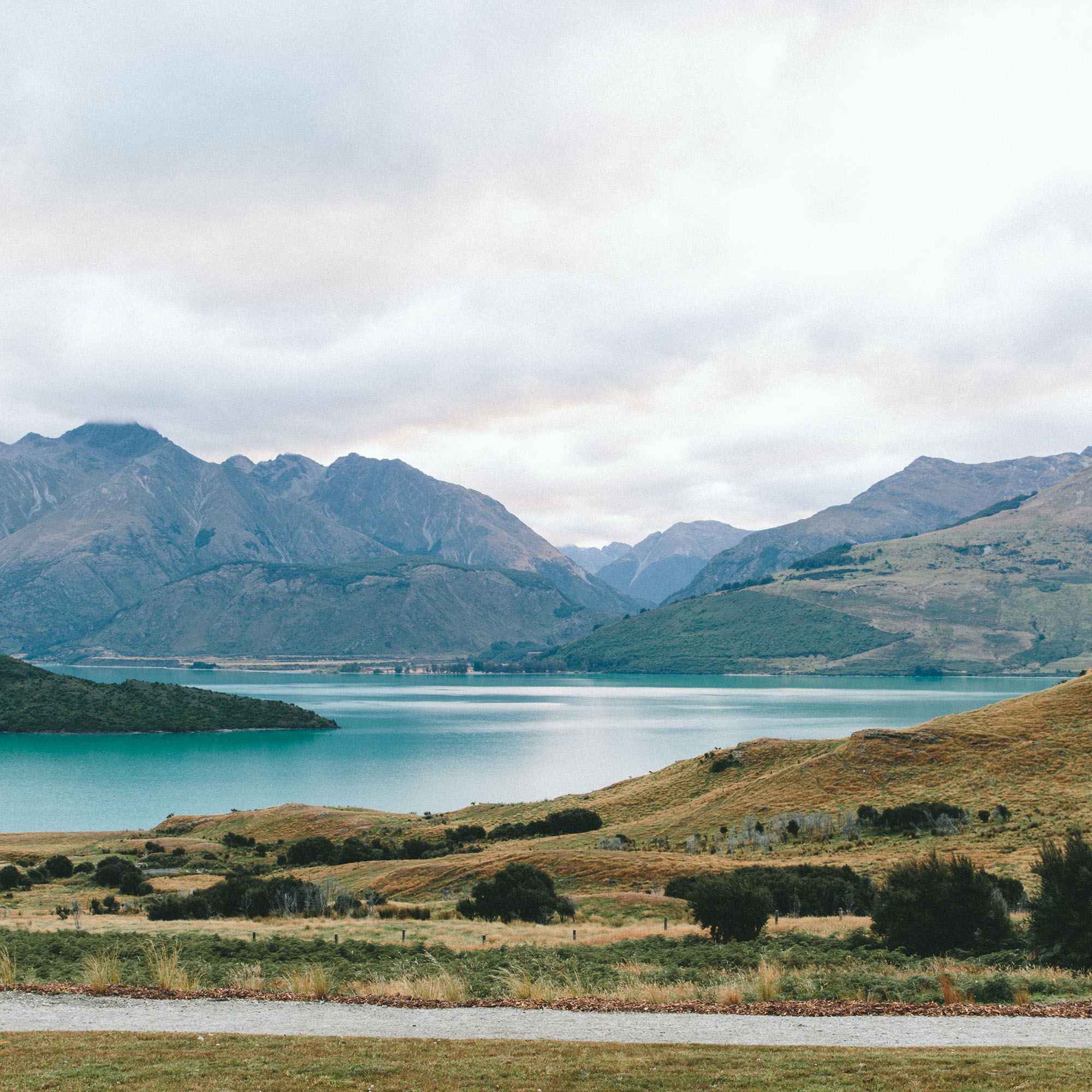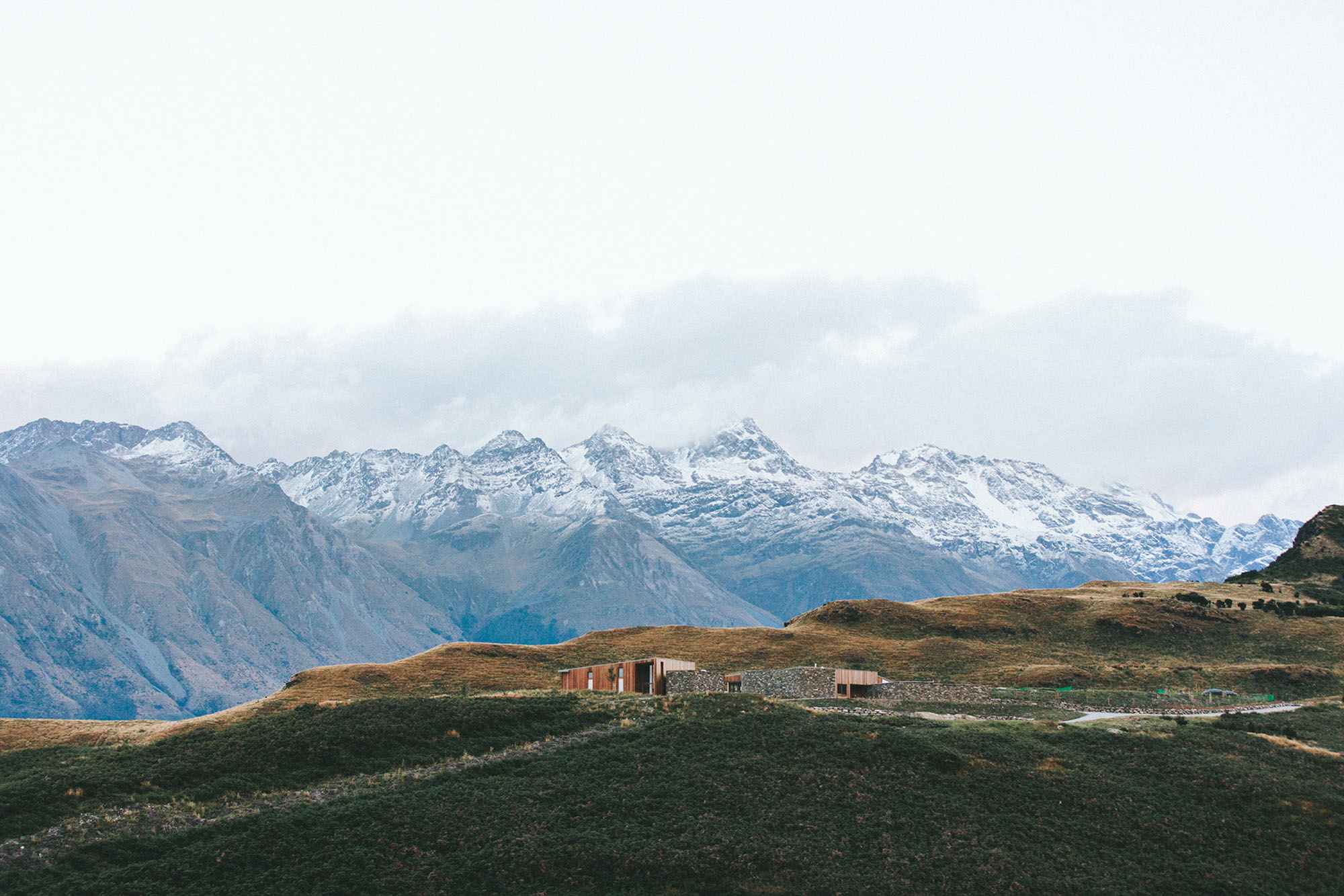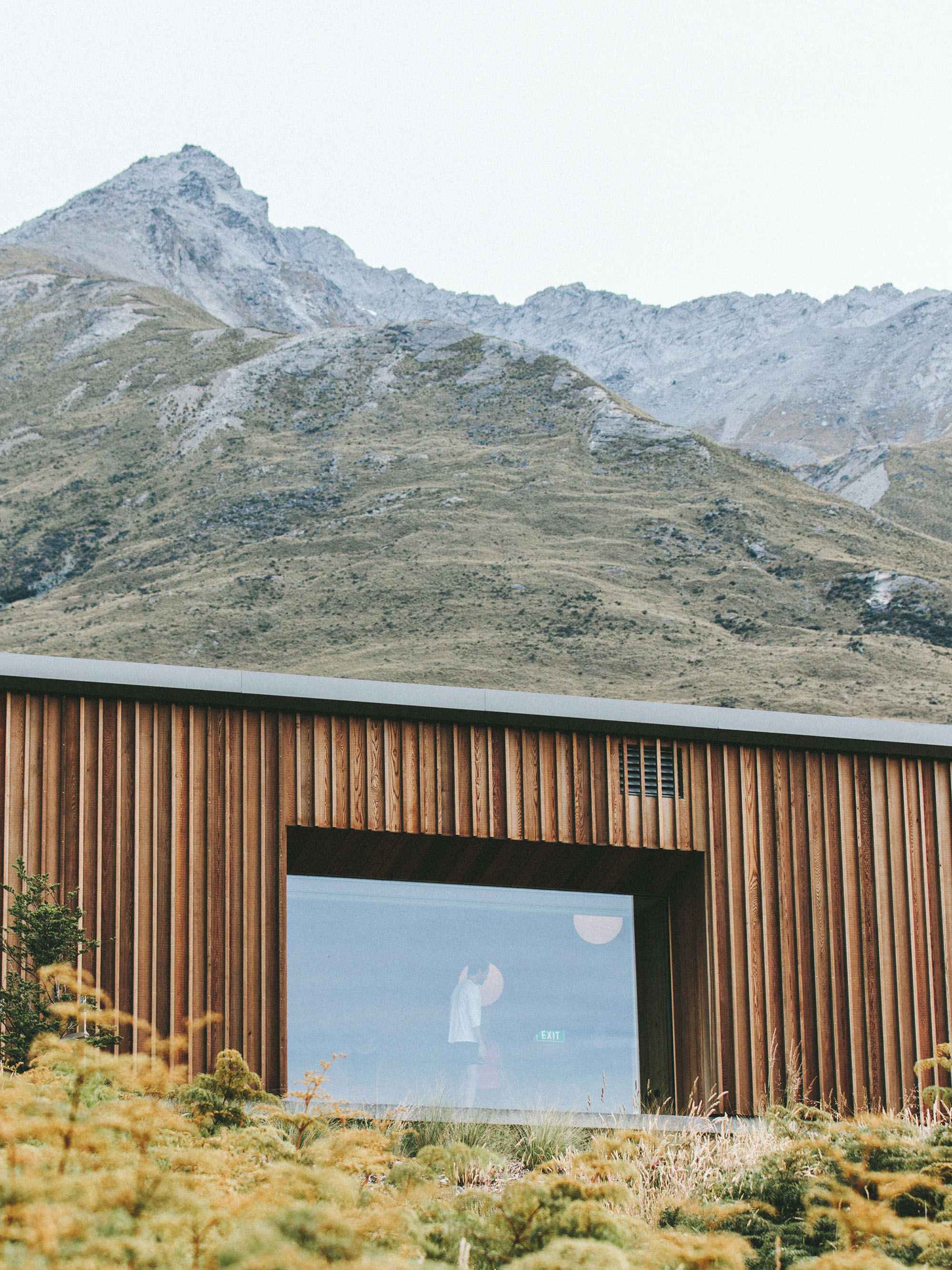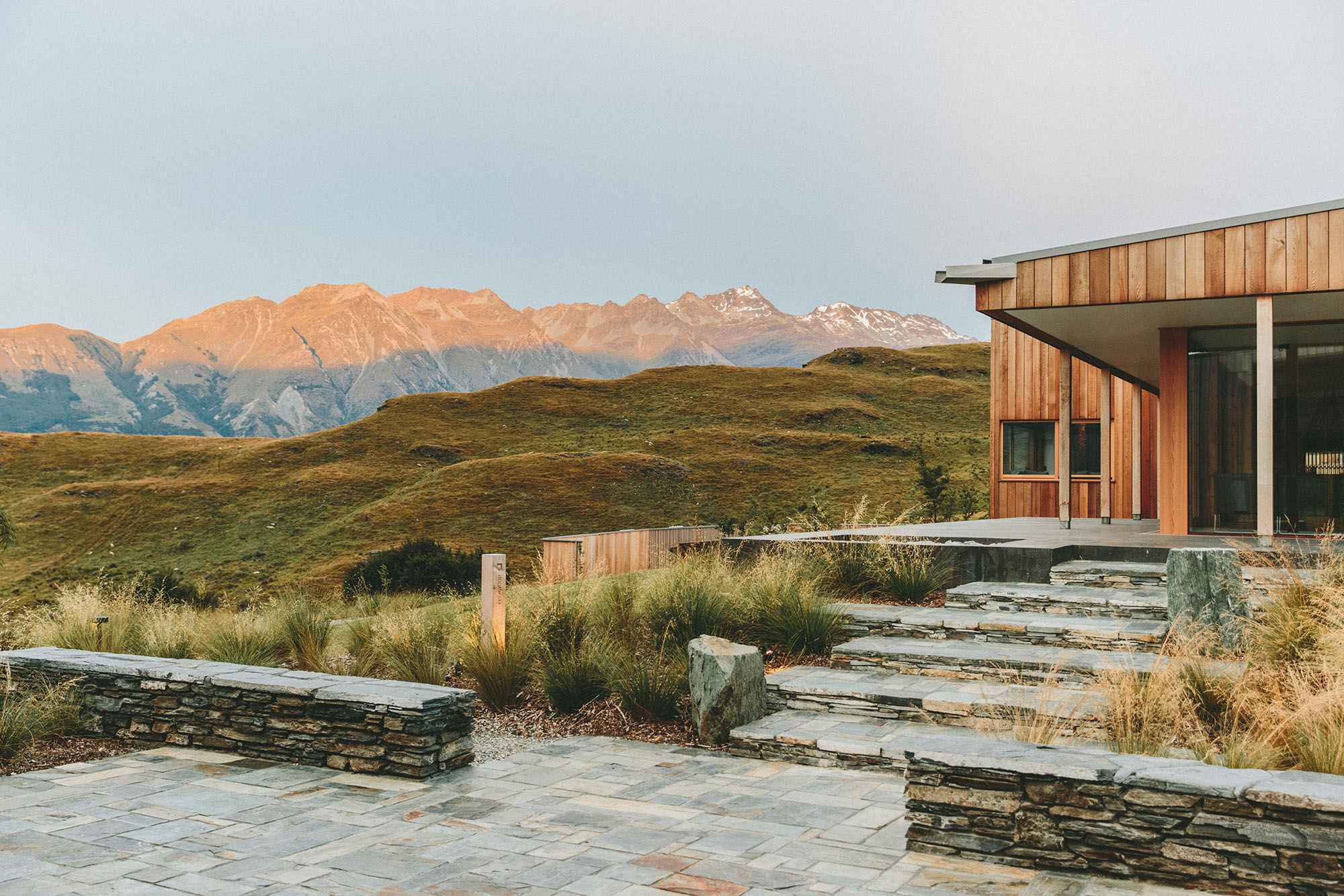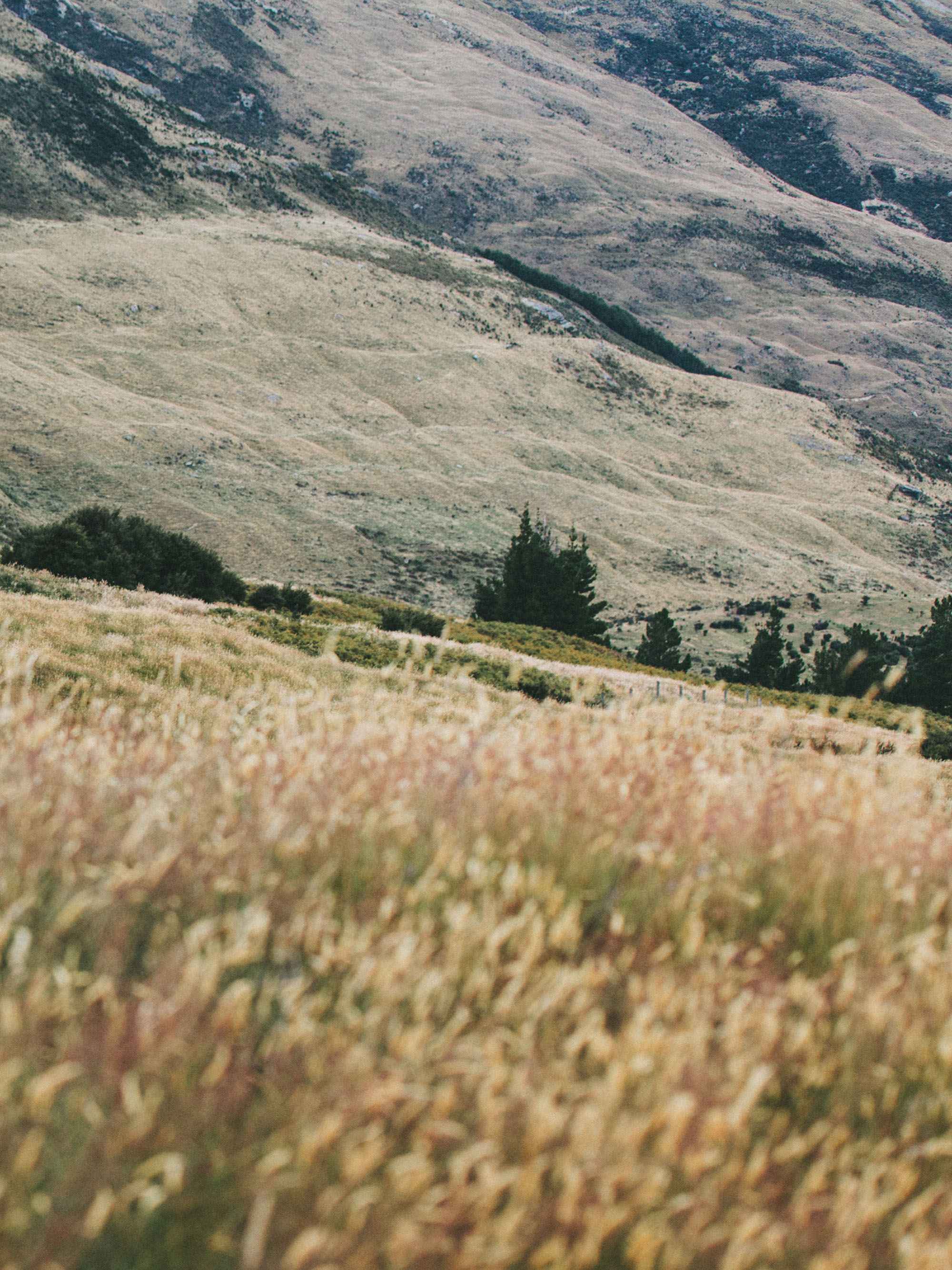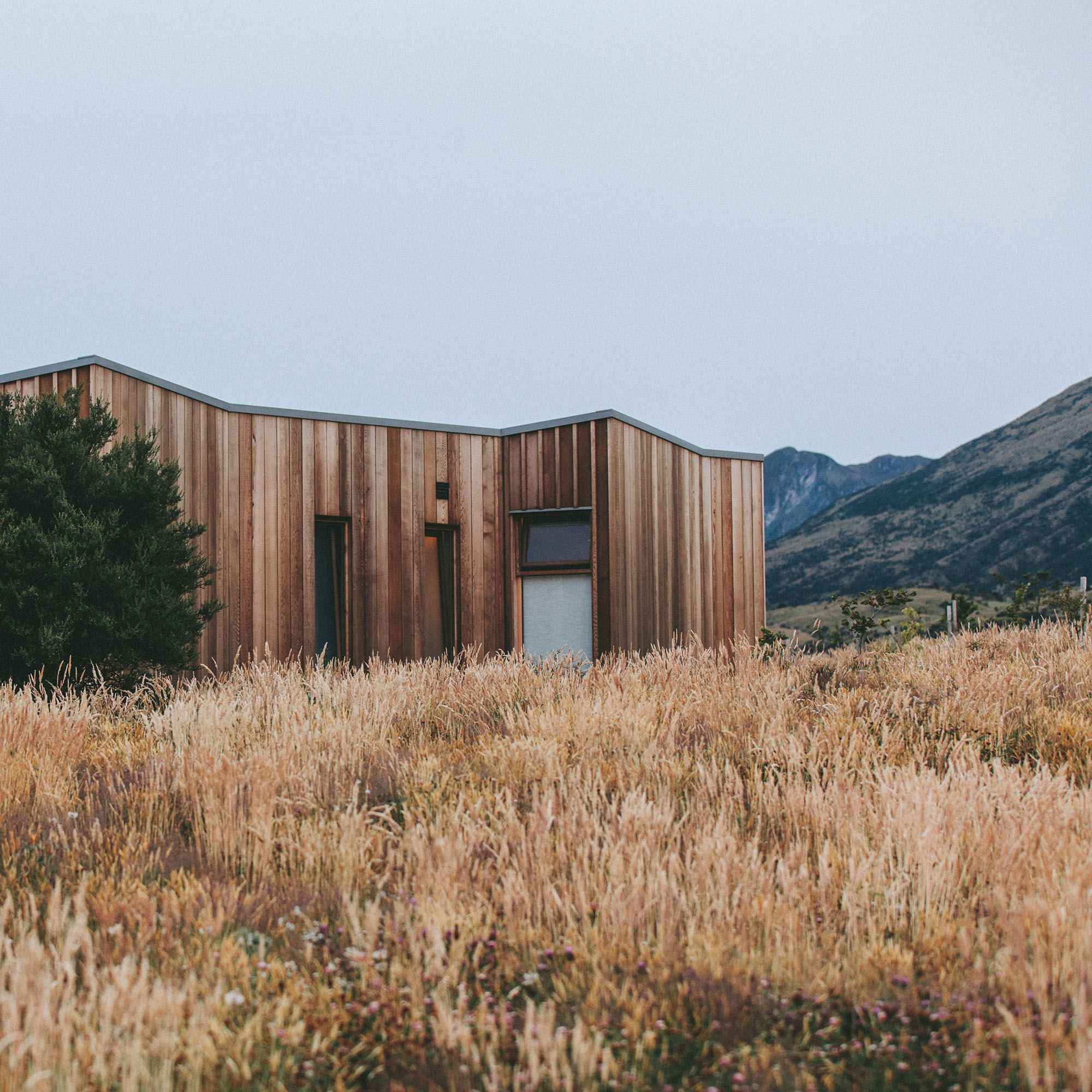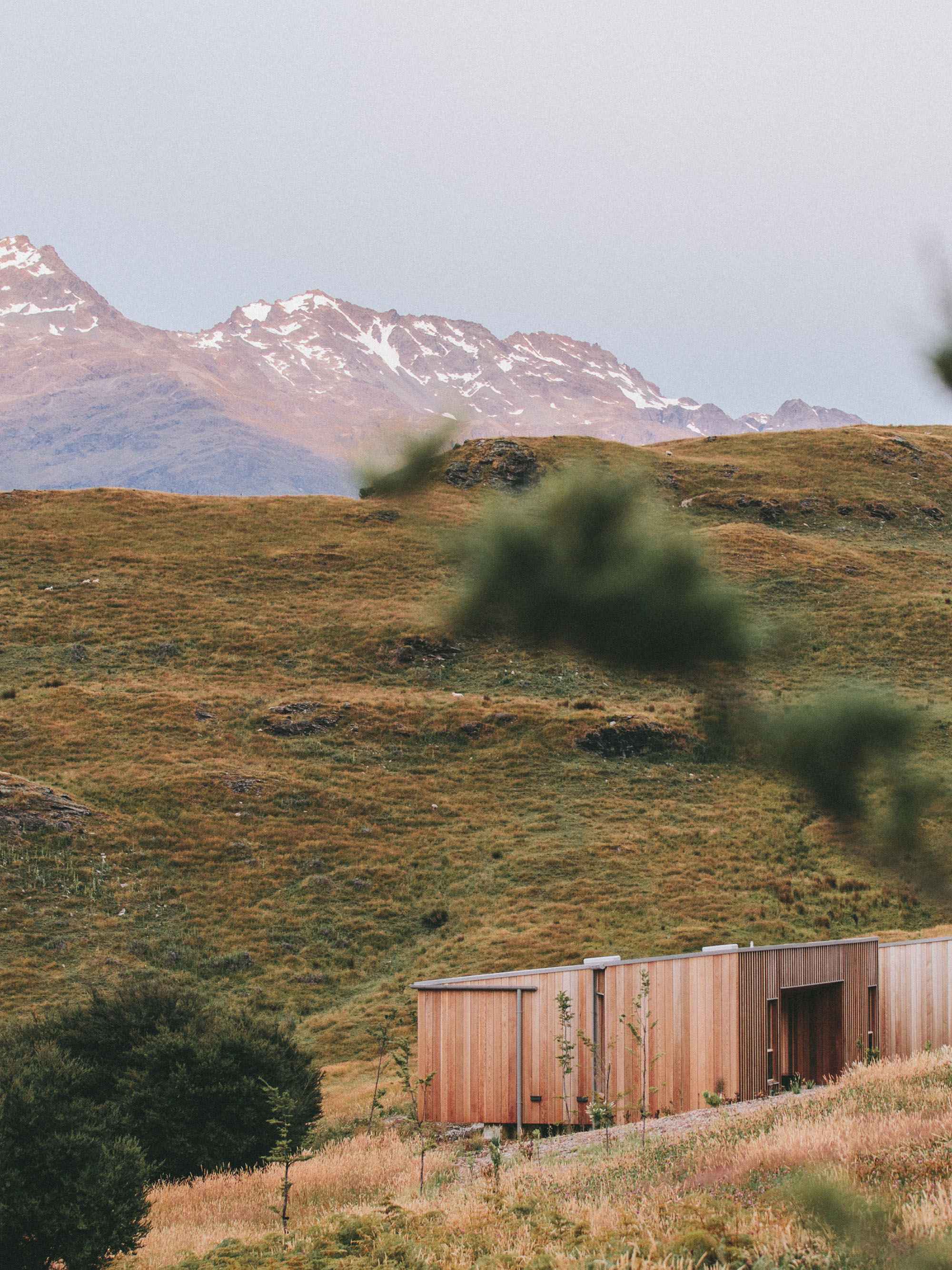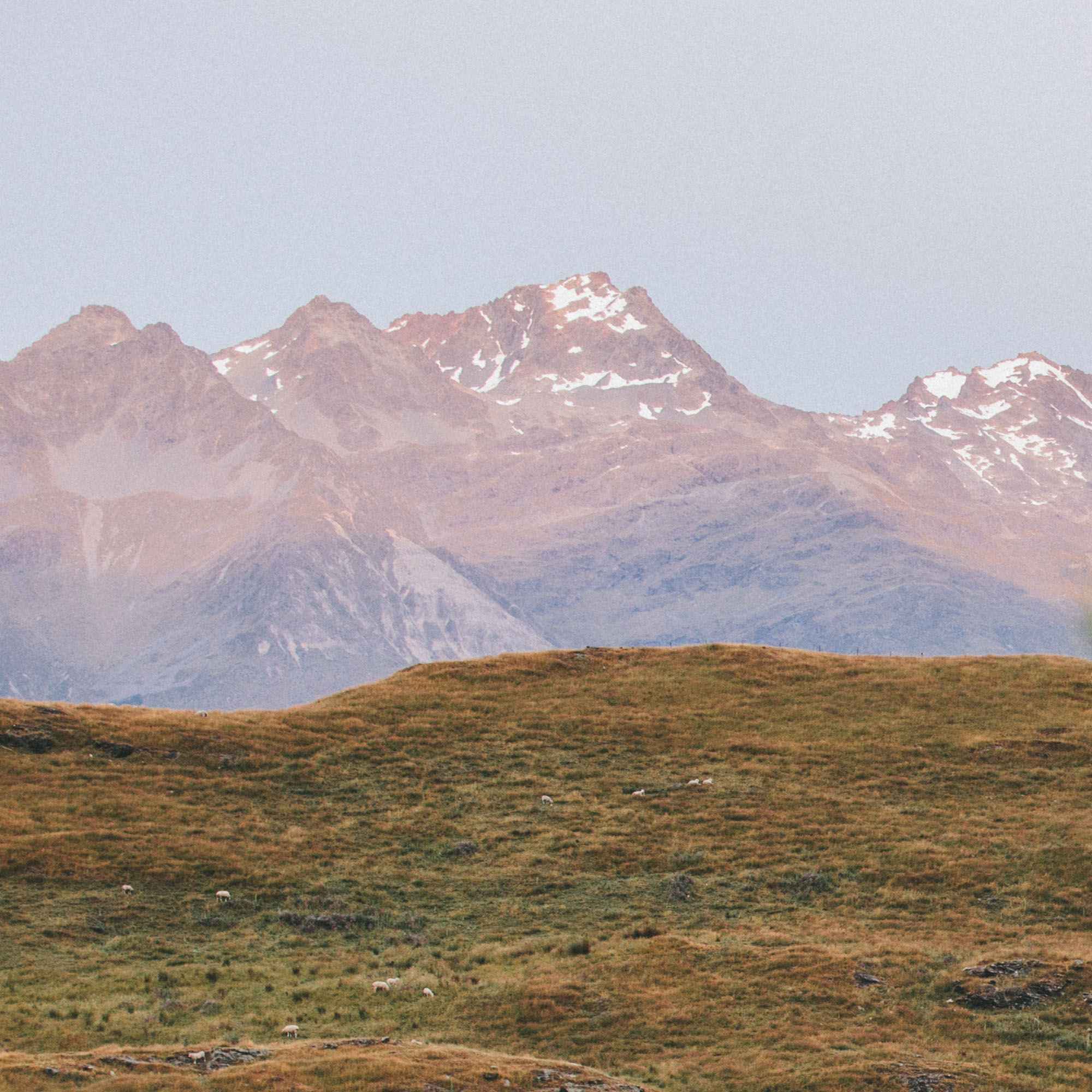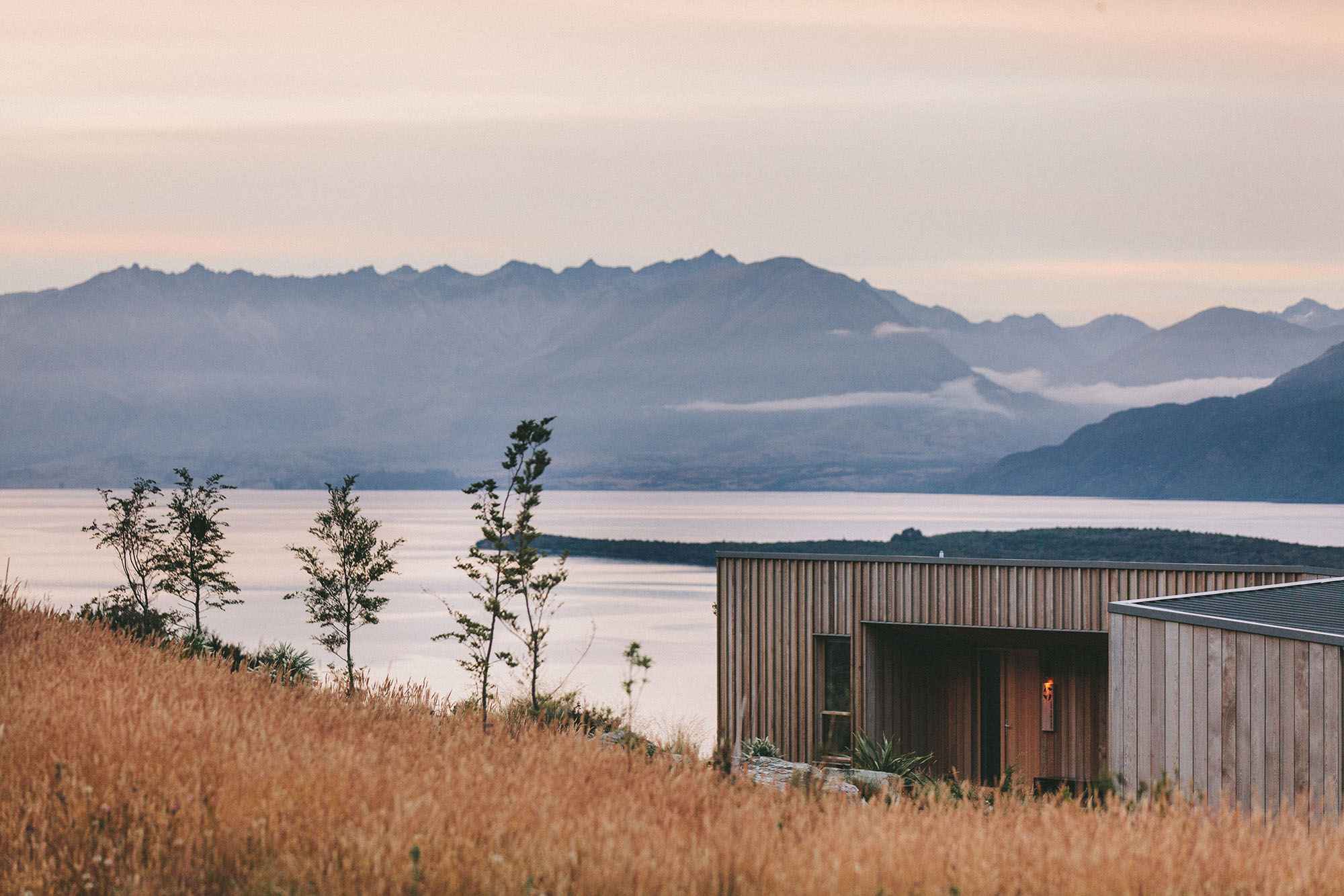Kyle Point Living Shoreline
PRE
A private shoreline on the Severn River in Round Bay was partially hardened with blue stone revetment and a wooden bulkhead. The remainder of the shoreline was a steep coastal bluff that was losing trees and eroding at an alarming rate.
The owners wanted to create a living shoreline to improve water quality, protect their property from further erosion, provide habitat, and increase their access to the water and wildlife’s access to the shoreline.
POST
A unique living shoreline design was created and implemented to restore this stretch of beach back to its natural state.
A series of horseshoe-shaped embayments dissipate wave energy, stabilize the shoreline, and create tidal marsh, beach strand, and submerged aquatic vegetation habitat. Native building materials were used, such as sand, woodchips, cobble, and sandstone.
The beauty of a dynamic living shoreline is that it is able to adjust and adapt with natural changes in order to achieve true resiliency amidst rising water levels, climate change, and storms.
Unique critters spotted on this shoreline:
Horseshoe crabs
Diamondback terrapins
River otters
STATS
Created:
1,367 linear feet of living shoreline
42,486 square feet of marsh
Removes annually:
88lbs of nitrogen
5lbs of phosphorus
140 tons of sediment

